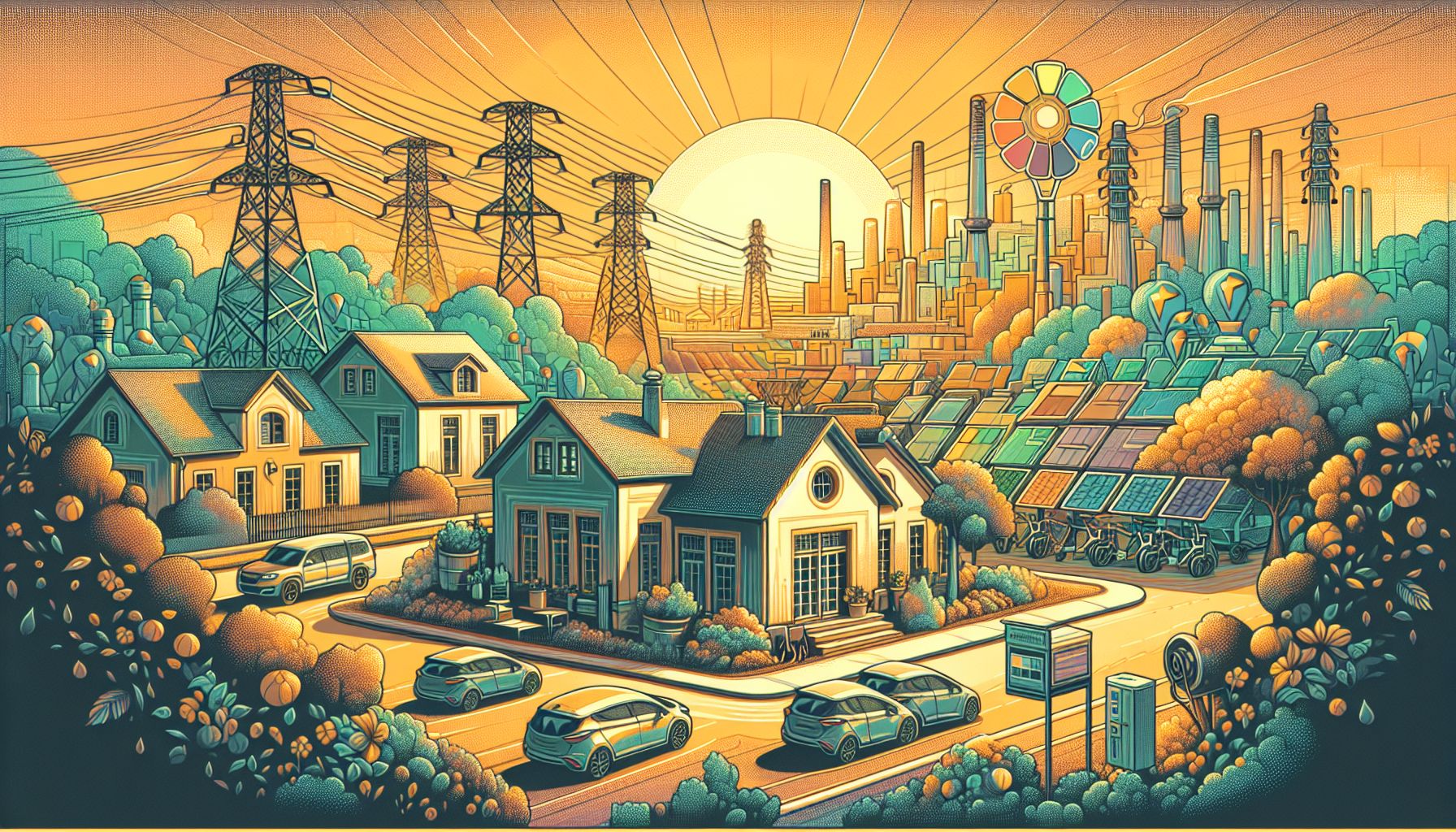Smart Energy Hubs: A Solution to Electricity Grid Congestion

Smart Energy Hubs balance local energy supply and demand, addressing grid congestion caused by the increasing use of renewable energy and electric vehicles.
The Growing Problem of Grid Congestion
The transition to renewable energy in the Netherlands, marked by the rapid expansion of solar panels and wind farms, has led to significant grid congestion. This congestion arises from the increasing demand for electricity, driven by the proliferation of electric vehicles and heat pumps, which the current electricity grid struggles to accommodate. This has resulted in issues such as the inability to connect new businesses and residential areas to the grid, creating a pressing need for innovative solutions.
What Are Smart Energy Hubs?
Smart Energy Hubs are local energy systems designed to optimize the use of available grid capacity by balancing the supply and demand of electricity within a specific area. These hubs are essential in managing the strain on the electricity grid by ensuring that energy is used more efficiently and sustainably. By integrating various energy sources and storage solutions, Smart Energy Hubs can alleviate grid congestion and support the transition to renewable energy sources.
How Smart Energy Hubs Work
Smart Energy Hubs operate by connecting multiple energy-producing and consuming entities within a localized area, such as a business park. They use advanced energy management systems to monitor and control the distribution of electricity, ensuring that excess energy generated from renewable sources, like solar panels, is stored or redirected to where it is needed most. For instance, the Schiphol Trade Park in the Netherlands hosts the country’s first Smart Energy Hub, where companies share electricity capacity, reducing overall demand on the main grid[1].
Benefits of Smart Energy Hubs
The primary benefit of Smart Energy Hubs is their ability to reduce grid congestion by optimizing local energy use. This not only helps in alleviating the pressure on the national grid but also offers financial advantages to participating companies through more efficient energy use and potential cost savings. Additionally, Smart Energy Hubs contribute to environmental sustainability by maximizing the use of renewable energy sources and reducing reliance on fossil fuels. They also enhance energy security by creating more resilient local energy systems.
Key Players and Innovations
Several organizations and initiatives are at the forefront of developing and implementing Smart Energy Hubs. For example, the University of Twente’s EIGEN project, running from 2022 to 2026, aims to create blueprints for integrating renewable energy into local grids through innovative strategies and models[2]. Similarly, companies like 3ti Energy Hubs are pioneering advancements in EV charging infrastructure, solar generation, and energy storage, which are critical components of Smart Energy Hubs[3]. These efforts are supported by financial institutions like Triodos Bank, which, while not directly financing Smart Energy Hubs, promotes solutions such as shared solar panels and batteries[1].
The Future of Energy Management
The adoption of Smart Energy Hubs is expected to grow as the demand for sustainable energy solutions increases. The integration of smart grids and Internet of Things (IoT) technologies will further enhance the capabilities of these hubs, making energy systems more intelligent and responsive. This will be crucial in managing the anticipated rise in electric vehicles and other energy-intensive applications. As these technologies evolve, Smart Energy Hubs will play a pivotal role in ensuring a stable and sustainable energy supply for future generations.

